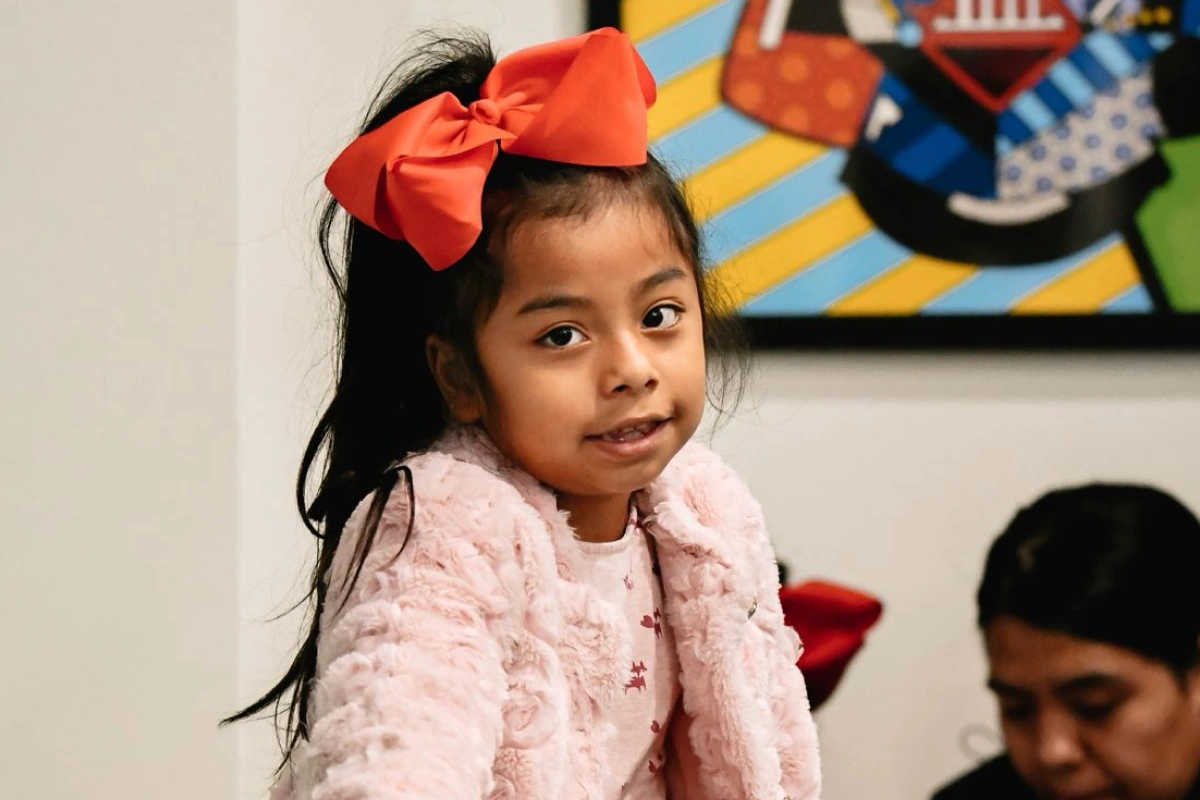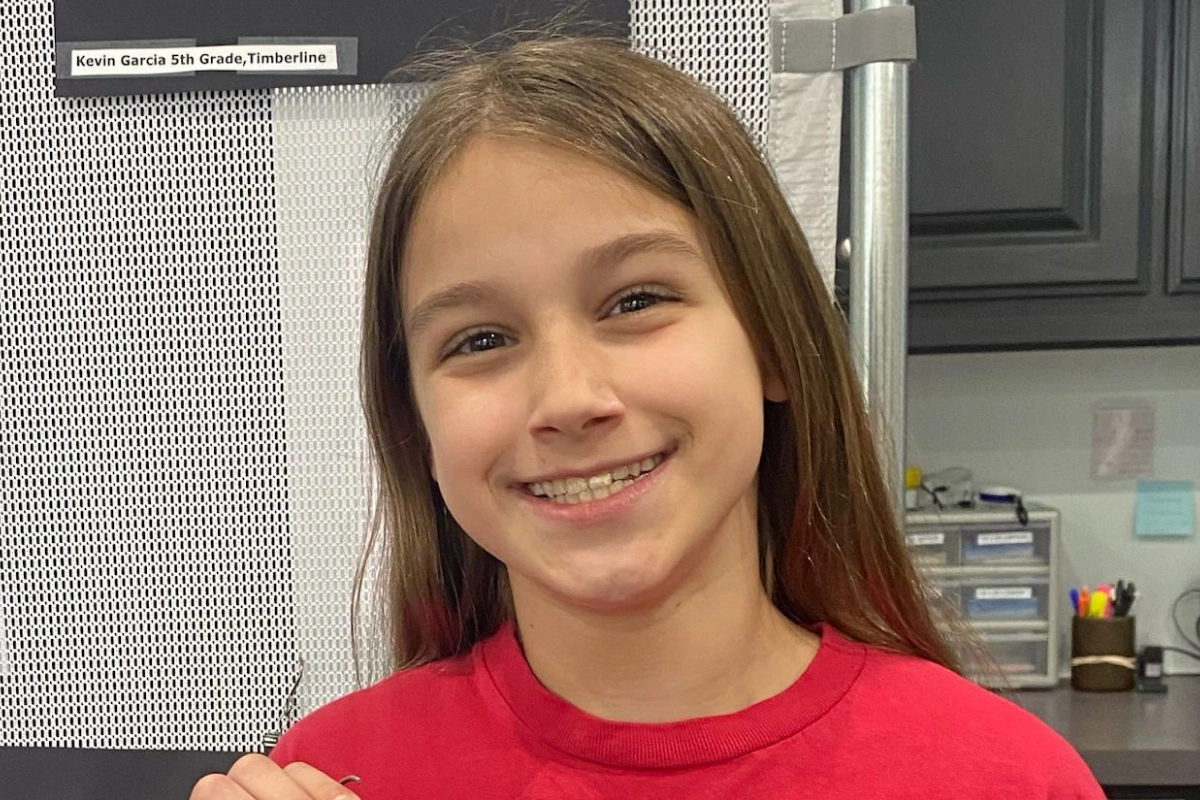
Hey there, parents! If you’re wondering whether braces or Invisalign is the better choice for your child, you’re not alone! It’s one of the most common questions I get, and I totally understand the confusion. You’ve probably seen kids sporting both options, and now you’re left wondering which is right for your little one. Don’t worry, I’ve got you covered! Let’s dive into the details, so you can make the best decision for your child’s smile.
The Secret to Early Treatment: Timing is Everything!
Before we compare the two, let me share something most people don’t know: your child’s jaw is still growing between ages 6-9, making this the perfect time to address any dental issues. Many parents (and even some dentists!) mistakenly believe that you should wait until your child’s adult teeth come in before thinking about treatment. But in reality, that’s the exact opposite of what you want to do!
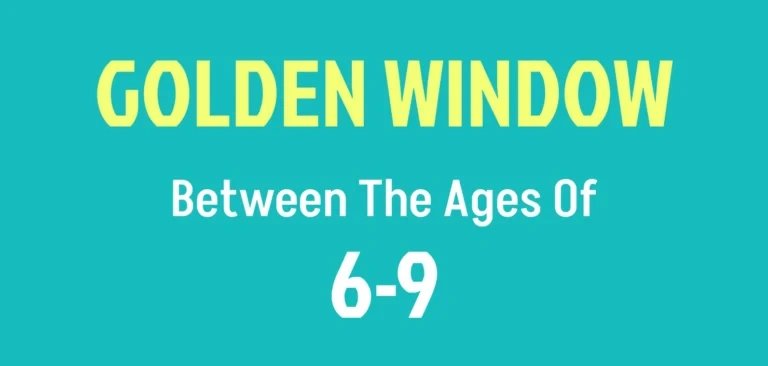
Why? Well, if you wait too long, the jawbone hardens, and that makes it much harder, more painful, and more expensive to fix. If you catch it while their jaw is still developing, you can avoid a lot of those issues and start treatment earlier—when it’s easier and quicker!
This brings us to the big question: braces or Invisalign? Let’s break it down.
Braces: Tried, True, and… Tough
Braces have been around for a long time, and they work—there’s no doubt about that. Braces consist of metal brackets attached to your child’s teeth with wires that gradually shift their teeth into place. They’ve been used for centuries (even the Egyptians had some form of braces!).
But like anything, there are some downsides. Here’s what you need to know:
Pros of Braces:
Effective for a wide range of issues: Braces are great for correcting a variety of dental problems like crooked teeth, overbites, underbites, and more.
Cons of Braces:
- Hard to clean: Cleaning around metal brackets can be challenging, which can lead to cavities and gum issues if not properly maintained.
- Diet restrictions: No more chewing gum, sticky candy, or hard foods (trust me, your kid will not be happy about this).
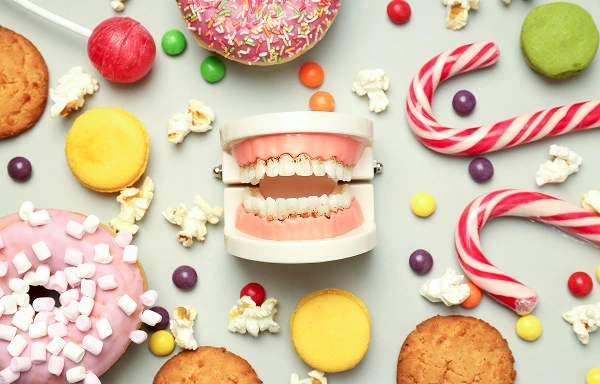
- Breakage and emergencies: It’s not uncommon for wires or brackets to break, which means unexpected trips to the orthodontist to fix them.
- Sports and wind instruments: Braces have sharp edges that can cause injuries while playing sports or make it difficult to play wind instruments.

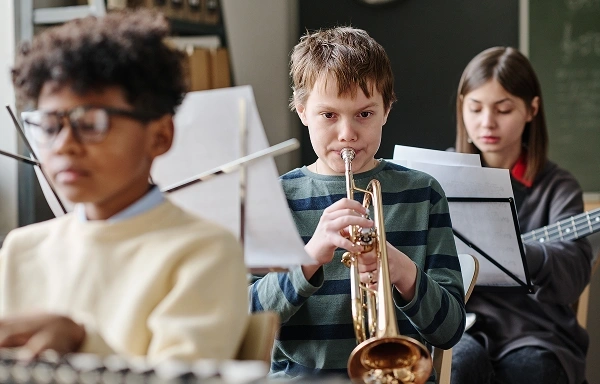
- Painful treatment: Braces apply a lot of pressure (about 50-100 grams of force), which can be uncomfortable for your child.
- Long treatment time: It usually takes anywhere from 12 to 24 months to complete treatment.
Invisalign: A More Comfortable Option for Kids
Now let’s talk about Invisalign First—a clear aligner system specially designed for kids aged 6-9, when their jaw is still growing. It’s a game-changer in the world of orthodontics, and here’s why:
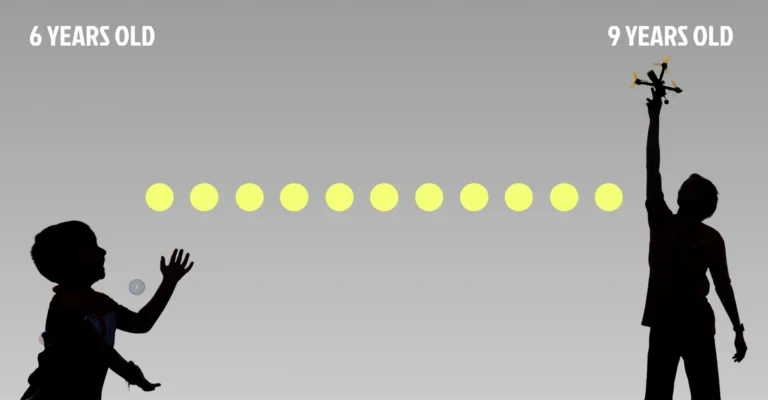
Pros of Invisalign:
- Minimal pain: Invisalign aligners apply a gentle force (just 5-10 grams), so your child won’t experience the same level of discomfort as with braces.
- No metal in the mouth: With Invisalign, there are no brackets or wires to worry about, so there’s nothing to break or cause irritation.
- No food restrictions: Because the aligners are removable, your child can eat whatever they want—no more worrying about sticky candy or hard foods!
- Easy to clean: Since the aligners come out for brushing and flossing, there’s no risk of cavities caused by food getting stuck in brackets.
- Faster treatment: Invisalign First treatment can be completed in as little as 6-7 months!
- Custom-designed for kids: The clear aligners are specially made for younger mouths and can be switched out every week for gentle, consistent movement.
Cons of Invisalign:
- Compliance: Invisalign trays must be worn for 22 hours a day to be effective. This means your child needs to be responsible about putting them back in after meals and cleaning them properly.
- Potential for staining: Invisalign aligners can stain, so it’s important to brush before putting them back in and avoid colored sugary drinks while wearing them and to clean the trays regularly.
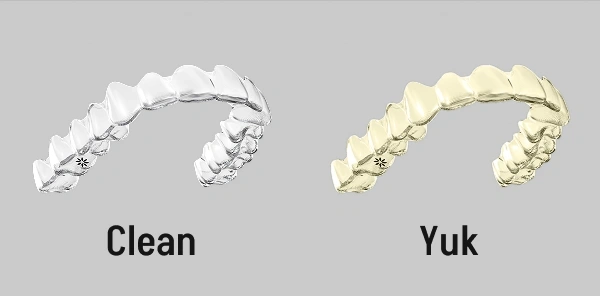
Which Option is Best for Your Child?
Having worked as a children’s orthodontist over 25+ years of service with both traditional braces and Invisalign, I can confidently say that Invisalign First is a fantastic option for most kids, especially those between the ages of 6 and 9. It’s less invasive, quicker, and generally much more comfortable than braces. Plus, the ability to eat normally and easily clean their teeth is a big win in my book!
But remember, early action is key. Once your child’s jawbone starts to harden after age 10, Invisalign is no longer an option, so don’t wait too long to start treatment.

Ready to Get Started?
If you’re considering Invisalign or traditional braces for your child, it’s essential to start with a consultation with an experienced pediatric orthodontist to determine the best path forward. Don’t let the perfect window of opportunity slip away!
And if you’re still unsure, I’ve put together a free guide that compares braces, expanders, and Invisalign for kids. It’s packed with all the info you need to make an informed decision for your family. Check it out below!
Remember, a confident smile starts with the right treatment—let’s give your child the best possible start!

Want to see and hear more?
For a more interactive experience, check out the live YouTube version of this blog, where we dive deeper into the topic and share expert insights. Watch my full video!
Got Questions? We’ve Got Answers
One of the most common questions I get is, “What happens if my child loses their aligners?” Don’t worry, we’ve got a solution for that. I’ve made a video that answers this question and several others—just click on the video below to learn more.
FAITH:
This is kind of a jarring statement, but it’s important. I want you to imagine for one moment sacrificing your child not for good people, but sinful evil people. That’s what God did for us. Romans 8:32. “He who did not spare His own Son, but delivered Him up for us all, how shall He not with Him also freely give us all things?”
That’s how much God loves you! Love him.


